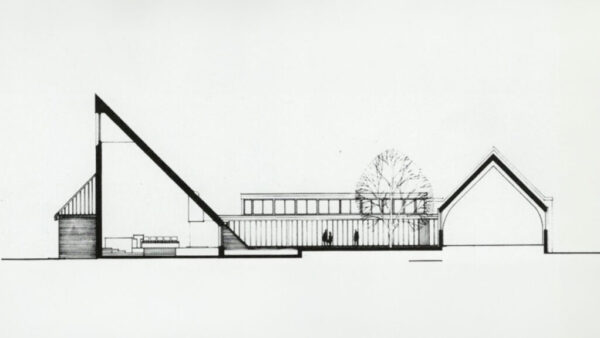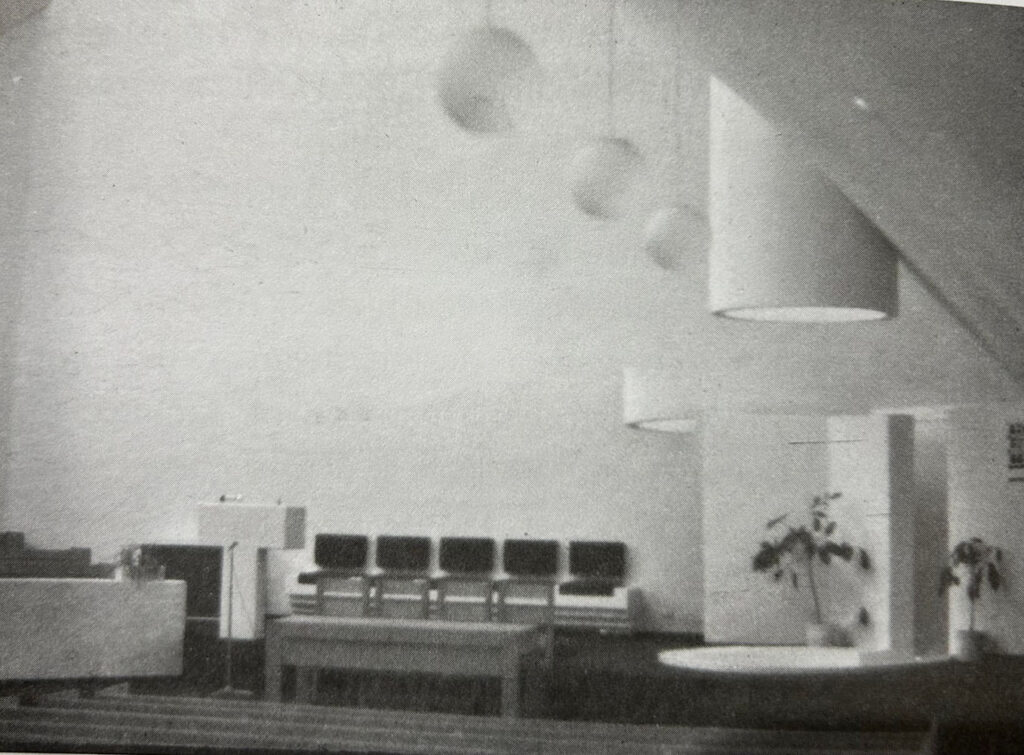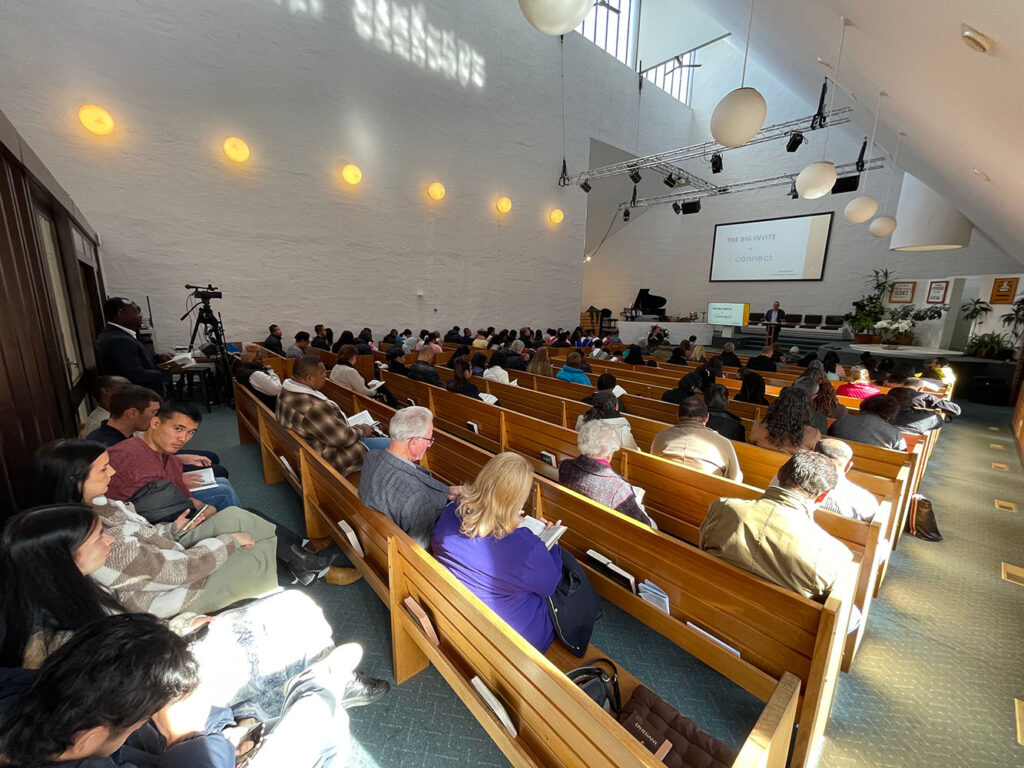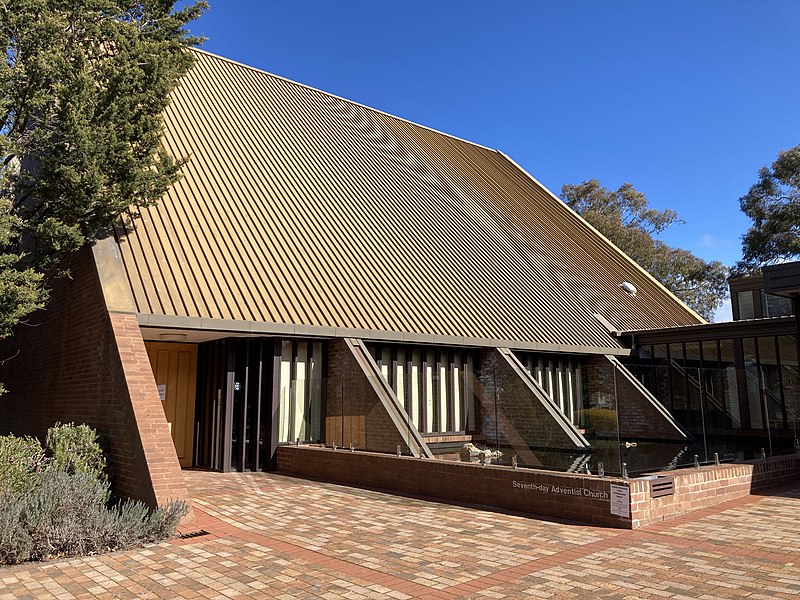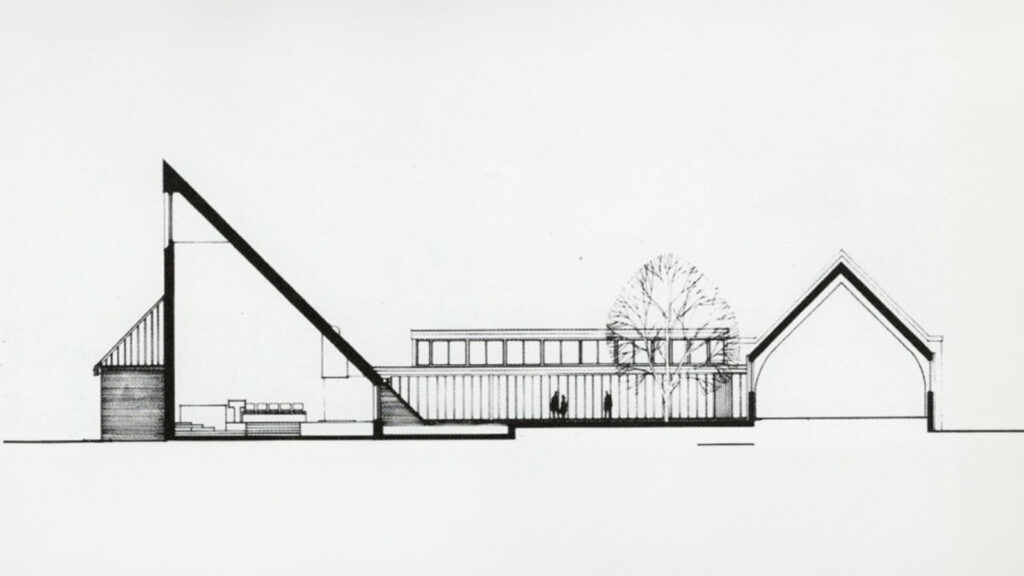After gaining a prestigious heritage listing from the Australian Capital Territory (ACT) Heritage Council in June 2022, Canberra National Seventh-day Adventist Church (CNAC) in Australia established a Trust Deed for a tax-deductible Conservation Appeal Fund in May 2023. This achievement follows a year-long collaboration with the National Trust (ACT), the South New South Wales Conference of the Seventh-day Adventist Church, and the South Pacific Division of the Adventist Church.
“Establishing this deed was a journey,” Irena Ali, a CNAC conservation and renovation team member, said. “But seeing it finally signed after almost a year of work was a truly rewarding experience.”
The church building, designed by renowned architect Ken Woolley, was completed in 1971 and is lauded for its intricate design that symbolically reflects key Seventh-day Adventist doctrines.
“The design beautifully incorporates symbolic elements, turning the church itself into a visual representation of our beliefs,” Ali said. “Sunlight reflecting from the pool’s surface filters through the windows, casting a delicate glow inside the church — a visual representation of God’s boundless grace. It’s a sight to behold when you see the building emerging gracefully from the water, mirroring the buttresses rising from the courtyard pool.”
Ben Kosmeier, the pastor who leads the church, views the heritage listing and the establishment of the Conservation Appeal Fund as a special moment in the church’s history and an opportunity to connect with the community. “As community members visit our beautiful church building, we hope they experience God’s presence in His sanctuary and appreciate the architectural masterpieces He has created in us as His heritage.”
The establishment of the Trust Deed ensures that this architectural masterpiece will continue to symbolize the spiritual values of the church and serve the community for generations to come, church leaders explained.
The National Trust (ACT) now lists the Canberra National Adventist Church Conservation Appeal Fund among sites of heritage significance that it supports.
CNAC History in Canberra
In the early 1950s, CNAC consisted of 18 charter members meeting in various places. In November 1958, with a membership of around 50, a building was opened and dedicated as the church building (now the church hall). During the 1960s the church membership grew to around 170, and in 1969 the Woden Seventh-day Adventist church was formed.
In the late 1960s, Adventists formed a building and finance committee to look into the need for a new church building with meeting and service rooms.
The existing late-1950s building that they had been using as a church was to be retained as the church hall. Ken Woolley researched the basic beliefs of the Seventh-day Adventist Church and was provided with a brief by the building committee that outlined the needs of the church based on a typical Sabbath morning service. Woolley prepared the blueprint for the church and, in May 1970, with some changes suggested by the building committee, it was agreed to proceed based on the final sketch plans and model.
The church was officially opened and dedicated on November 27, 1971.
The building was awarded the ACT Chapter of the Royal Australian Institute of Architects Twenty-Five Year Award 1996 in recognition of the architectural significance of the building when designed and that the building has continued, over the twenty-five-year period, to demonstrate its architectural qualities. In 2001, the link building was extended, in a style to match its original design, to provide a youth hall.
The original version of this story was posted on Adventist Record.


